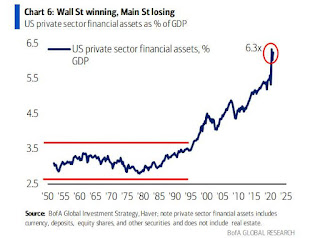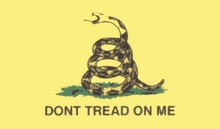And the wind appeared
The candles blew
And then disappered
--Blue Oyster Cult
Interesting WSJ article suggesting that declining reserves stemming from the Fed's 'quantitative tightening' (QT) program poses a significant threat to financial markets.
QT is the reverse of quantitative easing (QE). In QE, the Fed printed money out of thin air to buy bonds from banks. That printed money became 'reserves' that the banks have deposited with the Fed. Unsurprisingly, reserves have rocketed higher given the $9 trillion of bonds that the Fed now holds on its balance sheet via QE.
Bank reserves serve various purposes. They can be used to settle trades with other banks. Reserves are also kept to satisfy regulatory requirements, which have generally been ratcheted higher since 2008, to provide some margin of safety in the event of another systemic credit event.
Reserves can also be used for investment purposes. One popular avenue toward this end is the repo market. Repos are contracts where one party sells securities to another party in exchange for cash. The buyer (who is engaging in what is called a 'reverse repo) promises to sell the securities back to the original holder at some future (usually near term) date and at a set (usually higher) price.
These pseudo loans help the pseudo borrowers manage short term cash obligations while providing the reverse repo pseudo lenders with quick profits.
When reserve levels are high then the 'interest rates' governing repos are low and usually in line with the Fed Funds Rate. However, when reserves decline, repo rates are prone to rise because there is less capacity for reverse repo 'lenders' to employ.
As the Fed embarks on QT, reserves are beginning to fall. Although there are no signs yet of stress in the repo markets, there is belief that it is only a matter of time before problems surface.
Indeed, in 2019, the Fed had to inject emergency shots of liquidity into these markets after previous QT programs resulted in skyrocketing repo rates that threatened to seize up money markets.
Given the size and centrality of money markets to contemporary market functioning, it may once again be time to fear the repo.















![[Most Recent Quotes from www.kitco.com]](http://www.kitconet.com/charts/metals/gold/t24_au_en_usoz_2.gif)


